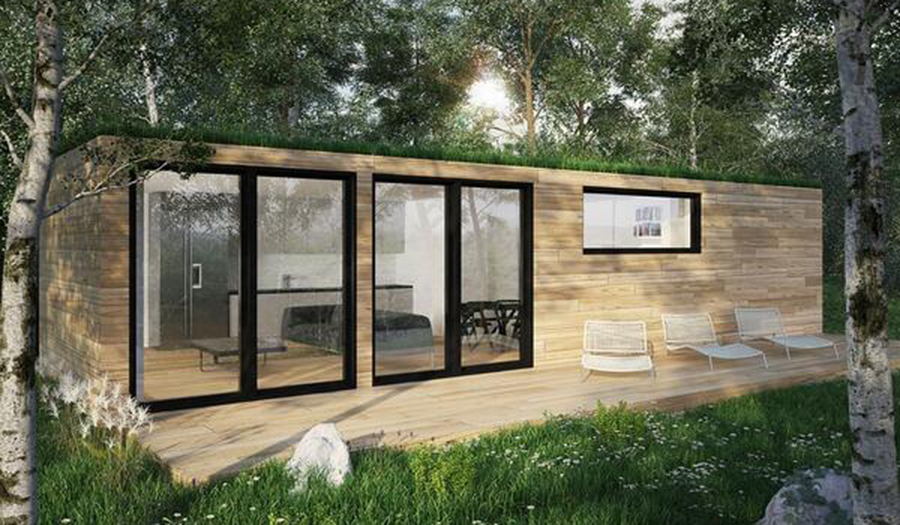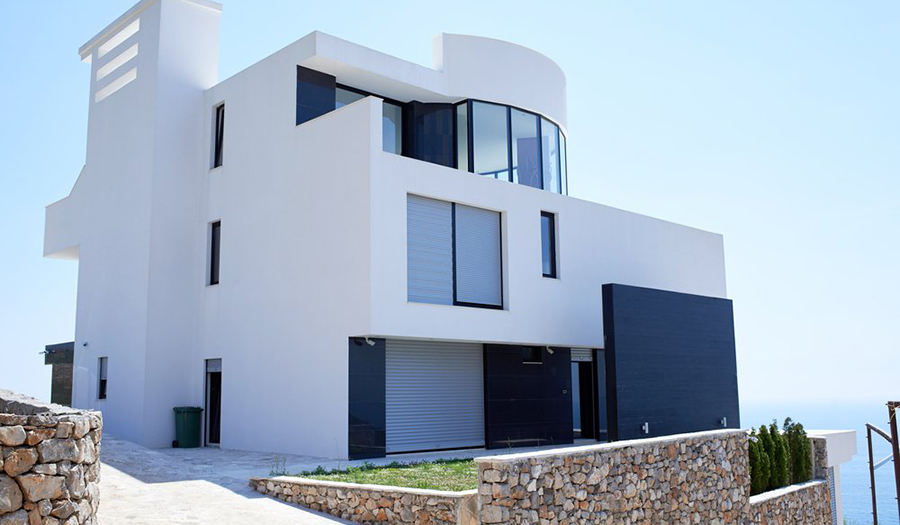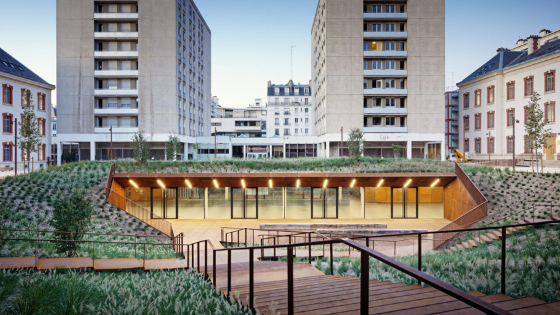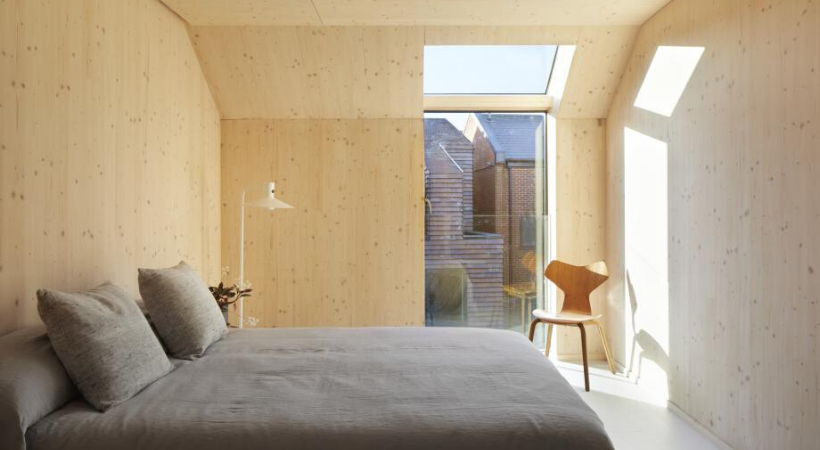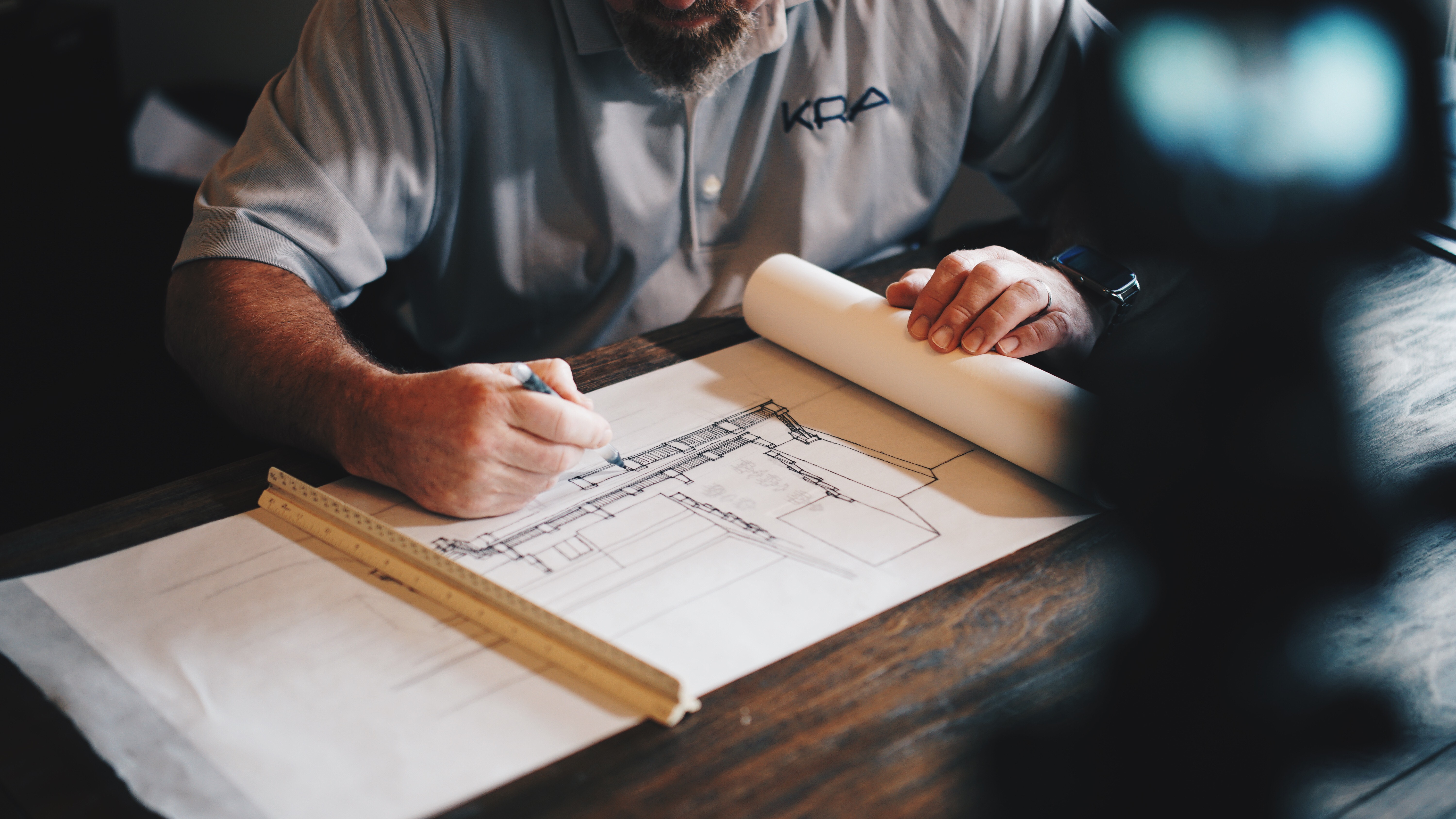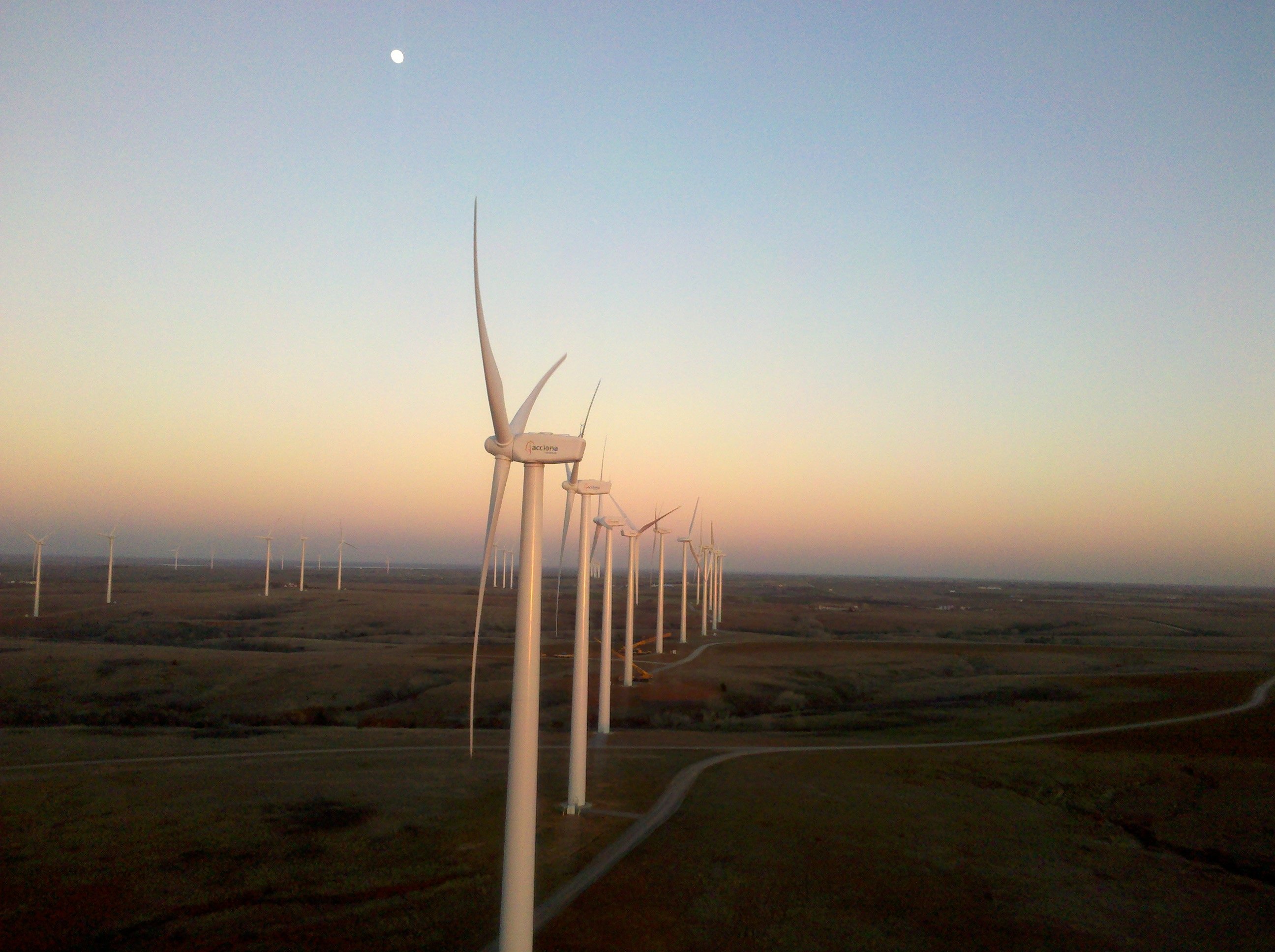You really need to check with the council.
While not particularly a ‘relocatable home’ as it sounds like an existing residence, not a new prefab one, this is the only information on the BASIX website:
2 min read
Do I need a BASIX Certificate for a Relocatable Home?
By Ilvy Bonnefin on Apr 26, 2020 12:45:51 AM
Topics: ESD Architecture BASIX Residential
2 min read
Top Tips on how to pass BASIX
By Deniro Stocks on Apr 25, 2020 11:48:30 AM
BASIX (Building Sustainability Index) assesses the energy and water efficiency of your development. It is one of the most important planning tools currently operating in NSW to ensure buildings are being developed to operate in a sustainable manner. In NSW the State Government requires that a BASIX Certificate is attached to all development plans when submitted for DA approval.
Topics: ESD BASIX NatHERS Thermal Comfort Sustainability Energy Efficiency Residential
2 min read
Promoting Sustainability in Indigenous Communities
By Chloe Huang on Nov 8, 2019 10:00:00 AM
The $500 million Indigenous Infrastructure Investment Fund (IIIF) allocated to both Aboriginal and Torres Strait Islander groups can be used not only to increase their economic participation, but also promote sustainability in critical resources they have no or limited access to. In this article, we will dig deep into how the funding can be used to promote sustainability in Indigenous communities.
Topics: ESD BASIX NatHERS Sustainability Construction Energy Efficiency Residential Commercial
2 min read
Building Ethics - Why We Need Them
By Deniro Stocks on Oct 24, 2019 11:00:00 AM
Earlier this year a structural engineer in Darwin was caught out on building design as it deemed to be considered non-compliant with the National Construction Code. The engineer was rightfully suspended of his engineering registration by the Northern Territory's Department of Infrastructure, Planning and Logistics (DPIL).
Topics: Insider ESD BASIX NatHERS Accreditations Energy Efficiency Opinion Commercial
2 min read
How Indoor Environment Quality works towards BESS Certification
By Deniro Stocks on Aug 20, 2019 12:34:00 PM
Getting a BESS statement can be a drawn out and frustrating experience with councils. To get a BESS statement requires a variety of factors such as management, water, energy, stormwater, Indoor Environment Quality (IEQ), transport, waste, urban ecology and innovation. With IEQ being weighted at 16.5% towards BESS certification, here are four ways where you can improve the Indoor Environment Quality of your next commercial or residential project, while being one step closer toward BESS certification:
Topics: BESS ESD Architecture Thermal Performance Residential
6 min read
2019 Proposed NCC building fabric changes + how they affect you
By Chloe Huang on Nov 19, 2018 2:07:31 PM
The 2019 National Construction Code (NCC) is now imminent and if it seems like it’s been a while since the last major release, it has been a long but welcome 3 years since the Australian Building Codes Board shifted to triennial updates.
The proposed changes include a complete rewrite to the way the building fabric is assessed under Section J (Energy Efficiency). The Australian Building Codes Board (ABCB) committee working on this update claim to have “rewritten Section J in its entirety" [1] which is powerfully showcased through the 30% average increase to the energy efficiency stringency requirements.
So what does this mean to you, as a builder or an architect? How is this going to affect your project and does this mean an increased financial strain on your budget to comply with these new energy efficiency targets? In short it depends what climate zone you are building and to what extent how much renewable energy mix is within your local energy supply. The below table indicates the expected construction cost reduction or increased to comply with the new NCC based on your climate zone refer map below.
[1]Dr Paul Bannister – Reviewer for Energy Efficiency in Commercial Buildings DTS Modelling Report 2018 by Energy Action
Topics: Energy NCC ESD Section J Certification Update NCC Changes NABERS
6 min read
FIFA’s Impact on Building Sustainable Stadiums
By Jamie Bonnefin on Oct 24, 2018 4:32:48 PM
Figure 1shows FIFA World Cup trophy and official football (1)
Topics: ESD Architecture Sustainability Construction Structure Energy Energy Efficiency
2 min read
Not in my backyard!
By Ilvy Bonnefin on Apr 11, 2017 9:40:38 AM
Advent of wind power as alternative energy source
The Vortex wind generator represents a radical change within the alternative energy market and conventional wind turbine design. This generator has no spinning blades (or any major moving parts at all), and appears to be a large cylindrical structure which oscillates in the wind producing energy. Instead of spinning like conventional wind turbines, its uses the principle of vorticity, which is the spinning and repeating motion of air and other fluids.
Topics: ESD Architecture Sustainability
3 min read
Social Sustainability and the Public Realm: Designing for the Community
By Ilvy Bonnefin on Mar 28, 2017 4:50:15 PM
With the industry reaching new material heights, creating products which are physically beneficial to the environment, rating tools are now taking the next step towards aiming for totally sustainable and healthy development. Rating tools are now attempting to assess another crucial aspect of the ESD world, that being the social sustainability of buildings. Different from the pragmatic physical aspects of creating an environmentally sustainable development, rating tools such as Greenstar assess the social and psychological impact of buildings and how through considered design the health and wellbeing of the occupant can be taken into consideration.
Topics: Design ESD Sustainability Green Star Rating Commercial
3 min read
Environmentally Responsible and Interactive Design
By Ilvy Bonnefin on Mar 1, 2017 10:03:54 AM
Designing For Others
Architectural Interventions Improving the Environment and Biodiversity
The effect of urbanisation and urban development on the natural world has been extremely harmful. The built environment’s impact on disrupting migration patterns, habitat destruction and the general effect on the decline of biodiversity has been extremely detrimental. Therefore, through the introduction of various architectural interventions within the city, habitats can be recreated and animal colonies can be somewhat re-established improving the overall quality of our environment and promoting biodiversity which is essential to the health of the ecosystem.



